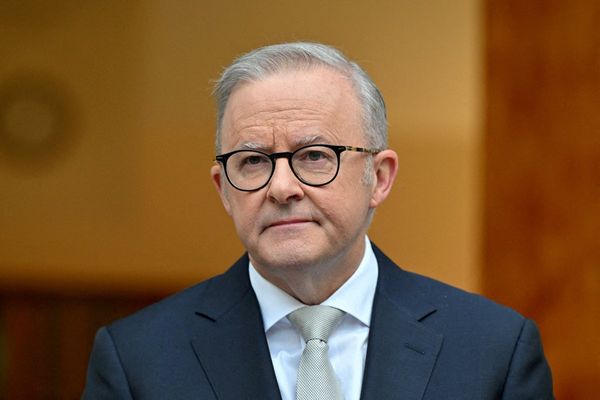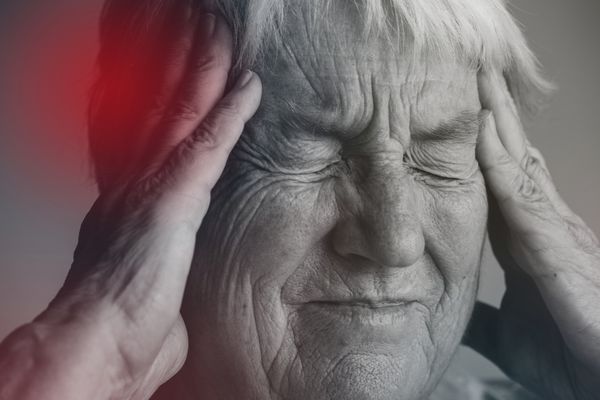On Wednesday, the trial of those suspected of involvement in the November 2015 terrorist attacks heard from a police investigator, from a DNA expert, and from a friend of several of the accused. The evidence was frequently intimidating, not to say incomprehensible.
The forensic analysis of DNA is a remarkable business.
DNA Evidence
Wednesday's expert witness, Professor Dieter Deforce, stated that, given an uncontaminated sample of human DNA, he could categorically identify one individual from the current global population of 8 billion, unless the individual in question had an identical twin.
DNA is the genetic code we carry in our cells, unique to each one of us. It is at least as distinctive as our fingerprints.
We leave traces of DNA everywhere . . . on door handles, cutlery, car steering wheels, towels, discarded clothes. At crime scenes.
But DNA can not be dated. If I handle an object and you handle the same object, forensic investigators will be able to prove no more than that. They will not be in a position to say that we ever met, because the cells left behind after the two contacts need not have been deposited at the same time.
Olivia Ronen, one of the lawyers representing attack survivor Salah Abdeslam, was very anxious to clarify that point.
Professor Deforce was very clear about the limitations of his work. With mixed samples, that is, those containing DNA from several individuals, the task of identification becomes more complicated. Even if the levels of probability remain very high.
As the witness on Wednesday read out the code numbers for the anonymous samples he had analysed, court president Jean-Louis Périès translated each number into a name.
"Bilal Hadfi . . . Salah Abdeslam . . . Mohamed Abrini . . . Osama Krayem . . . Sofien Ayari . . . Najim Laachraoui . . . Chakib Akrouh . . ." The litany of suspects who are accused in this trial, or who died in the terrorist attacks or their aftermath. Each of them left traces of DNA at one or more of the hideouts used by the terrorists in the weeks before the Paris attacks. Of that there is no doubt.
Neither is there any doubt that the driver and passenger of a BMW car, rented earlier by Salah Abdeslam, bought 15 litres of hydrogen peroxide from a garden supply shop in Beauvais on 8 October 2015.
This was part of the evidence given by Wednesday's first witness, an invisible and anonymous officer of the French anti-terrorist police.
The owner of the shop was unable to formally identify either of the men who made the purchase. Hydrogen peroxide is used by hairdressers and in the cleaning of domestic swimming pools. It is also one of the constituents of the explosive known as TATP, found in the suicide vests worn by the November 2015 attackers.
Salah Abdeslam's role?
But there is no evidence that Salah Abdeslam was the driver, either for the trip to Beauvais of for longer journeys to Hungary and the German city of Ulm, to collect potential members of the attack squads on their way back from Islamic State territory in Syria and Iraq.
Defence lawyer Olivia Ronen was particularly insistent on the distinction between renting the various cars used by the terrorist planners, and actually driving them.
Ronen's client, Salah Abdeslam, certainly used his own ID and driver's licence to rent several vehicles in the period leading up to the attacks. Only police deductions based on the fact that Abdeslam's phone was switched off during the trips make him the driver.
"I get the impression that you are turning a theory into a fact," said the defence lawyer.
"No," answered the policewoman, calmly. "We make observations and, on the basis of those observations, we believe that Salah Abdeslam was driving the car."
"But that's a deduction," the lawyer remarked, "not a fact."
There was no answer from the witness.
The day's final witness testified anonymously. He is himself to stand trial in Belgium on charges of aiding and abetting terrorist activity. He admits to knowing several of the Paris accused: Ali El Haddad Asufi, Yassine Atar, Mohamed Bakkali, Abdellah Chouaa.
The witness notably loaned a car, rented in his own name, to Ibrahim El Bakraoui, a terrorist who is believed to have helped in the preparation of the Paris attacks and who died in a suicide explosion at Brussels airport in 2016.
The witness said his friend had "manipulated" him. "If I had known what he was up to, I would never have loaned him the car."
Did the witness not realise that Bakraoui had become dangerously radicalised?
"That's easy to say now . . . you accuse me of having seen nothing. But the police saw nothing either."
The trial continues.







